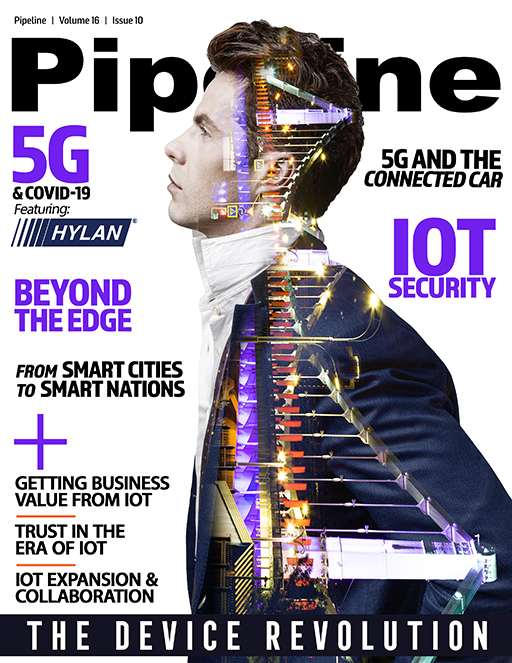5G and Next-Generation Networks in a Time of Crisis
And there will be more specific, pandemic-related possibilities for 5G. Computer vision technology, for example, can determine whether retail employees are wiping down counters in order to prevent the spread of the coronavirus. It can also check whether shoppers are maintaining social distancing. And the technology can do so consistently across hundreds of thousands of locations.
For such a service to be economical and immediate, 5G and edge computing would be required. Specifically, edge computing servers could run computer vision services in geographic locations close enough to retail outlets to offer low-latency connections, but also centralized in a way that would avoid the need to install expensive servers in each retail location.
Overall, we’re doing well
A recent report by Ericsson pointed out that the industry has “acquitted itself well” through the pandemic. Increased data consumption has been mainly driven by a rising usage of bidirectional remote work-related apps, such as audio, web and video conferencing, entertainment apps (streaming video and audio), social media and messaging.
The report pointed out that consumers’ communication behavior has changed with the pandemic, especially among white-collar workers and seniors (60+). Previously, video calling was a rarity among these groups. But now, as many as half of such users claim to have increased their usage of video calls. According to the report, 85 percent of consumers are using video calling, making it the second most important way of contacting family and friends (after voice calls).
The study also shows that the quality of video calls with friends and family is the most important experience when consumers were asked to judge their mobile network performance during the crisis. Among seniors, 74 percent claim they now use video calls and 40 percent have increased their video usage due to social distancing. The pandemic has fundamentally changed the way we interact with technology.
But obstacles remain
Aside from the pandemic, there have been obstacles to deployment. When it comes to telecom infrastructure and the construction behind 5G deployments, it’s easy to overlook what a deployment fully entails. For infrastructure providers, there are federal, state and local permitting, rights of way, application timelines and other siting and application fees, as well as application review timelines or “shot-clocks.”
For consumers, one of the key obstacles to deployment is the sheer paucity of end-user equipment. Compatible devices are gradually finding their way into retail wireless stores, but the majority of devices—phones, cars, wireless routers and smart equipment—are still not yet 5G-capable. On this front, the U.S. has lagged companies like Huawei, Nokia and Ericsson.
For businesses, a survey by Gartner shows that enterprises are interested in investing in 5G services and technology as long as those services come with enhanced mobile broadband, are ultra-reliable, and operate at low latency. Another Gartner report predicts that fewer than 45 percent of communications service providers globally will have launched a commercial 5G network by 2025.
At the enterprise level, mobile service procurement teams must develop realistic estimates or budgets to ensure that devices and connectivity modules are compatible with their carrier’s 5G networks. And enterprises should look at all of the expected costs of 5G-reliant implementation, demanding service level agreements (SLAs) at all junctures.


















